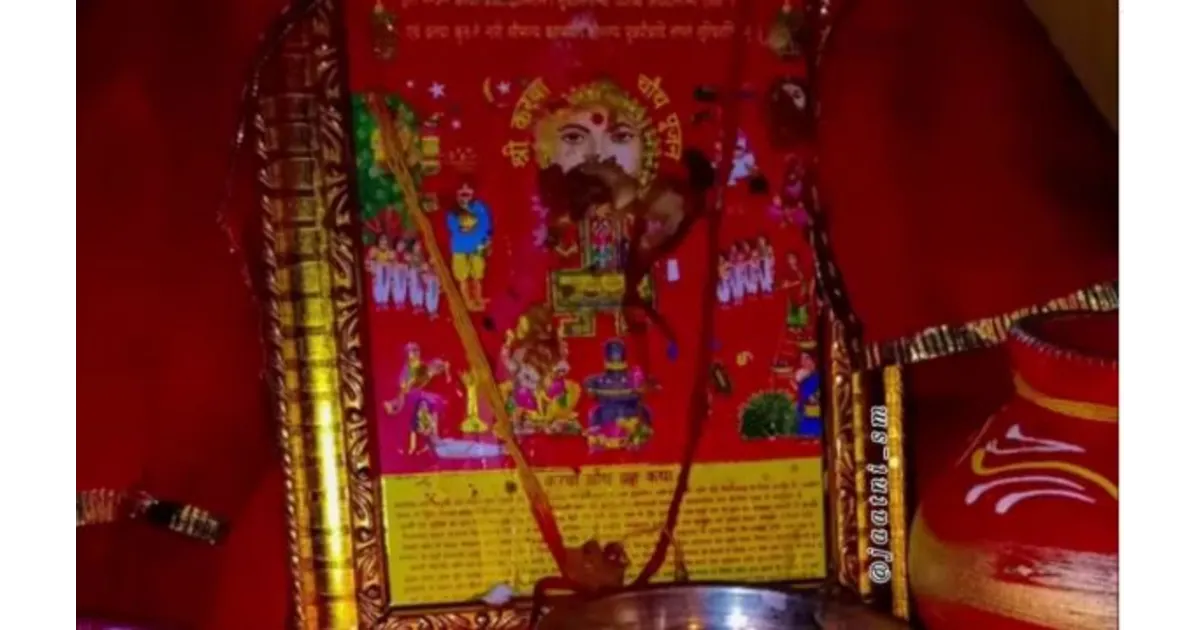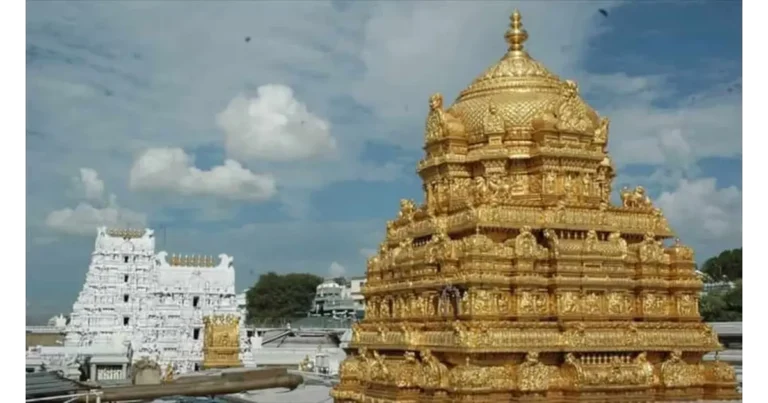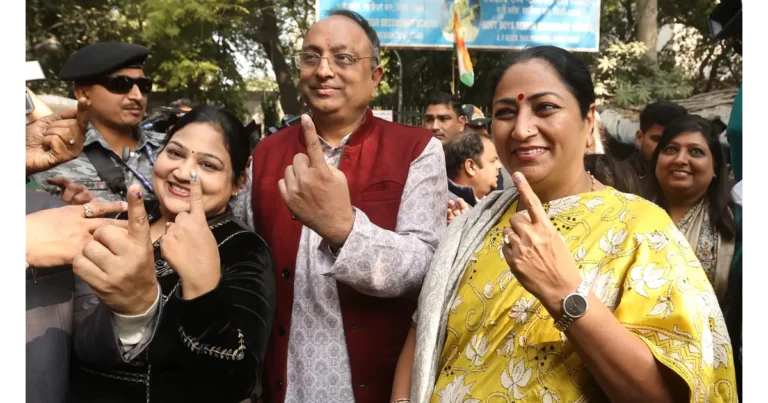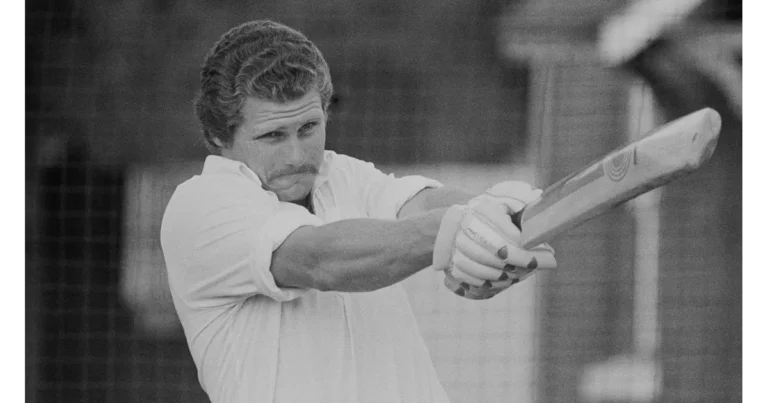
Karva Chauth Ki Kahani: Karva Chauth is no longer merely a centuries-old tradition. Over time, it has transformed into a grand celebration of love, faith, and commitment—one that resonates deeply with both tradition and modern values. Once primarily observed for a husband’s long life and well-being, today it also serves as a powerful reminder of the deep emotional and spiritual bond between partners.
Romanticizing Rituals: The Media’s Role in Reimagining Karva Chauth
In recent decades, the portrayal of Karva Chauth in films, television serials, and advertisements has helped recast the fast into a romanticized celebration. Once a solemn observance, it now radiates glamour, making it not just a symbol of devotion, but a narrative of love, unity, and emotional intimacy between couples.
Beyond the Moonrise: A Deeper Meaning of the Fast
Traditionally, Karva Chauth involves a woman fasting from sunrise until moonrise, followed by worship of the moon and offering aarti to her husband. Yet, this is only the surface. At its core, this ritual goes far beyond romantic ideals, delving deep into ancient spiritual texts and symbolic practices.
Scriptural Origins: Karva Chauth in the Narada Purana
The roots of Karva Chauth are detailed in the Narada Purana, where it is referred to as Karak Chaturthi. The fast is observed on the Chaturthi Tithi of the Kartik month and is primarily dedicated to Lord Ganesha, the remover of obstacles and the god of wisdom.
According to Devarshi Narada, all Chaturthi dates throughout the year are under Ganesha’s rule. Observing fasts on these days ensures prosperity, fortune, victory, and spiritual success. Specifically, the Kartik Chaturthi is regarded as highly auspicious for married women.
The Divine Alignment of Kartik Month
Kartik is a spiritually charged month, rich in symbolism. It is the month of Lord Kartikeya, the son of Shiva and Parvati, and is closely associated with the Krittika constellation. During this time, Goddess Parvati is believed to be especially present, making it an ideal period for rituals related to marriage, fertility, and prosperity.
Kartik is considered a gateway to good fortune, as it hosts other significant observances like Ahoi Ashtami, Dhan Trayodashi, Diwali, and Kartik Purnima. All these events align to make this month powerful not only for women but also for spiritual seekers and scholars.
The Rituals of Karva Chauth According to Scripture
The Narada Purana offers a specific description of how the Karva Chauth fast should be observed:
- Fortunate women are to bathe and adorn themselves in traditional attire and jewelry.
- They then perform puja to Lord Ganesha, specifically in his Kapardi form.
- Ten pots (Karvas) filled with sweets and delicacies are offered to Ganesha.
- During the offering, a woman recites, “May Lord Kapardi Ganesha be pleased with me.”
- These offerings are later distributed respectfully to other married women and Brahmins.
- After sighting the moon, arghya (offering of water) is performed, and the fast is concluded by consuming food.
- It is advised to observe this fast for 12 or 16 years, after which a Udyapan (ritual conclusion) can be performed.
The ten Karvas symbolize Ganesha himself, and thus the fast earns the name Karva Chauth.
Folk Tales and Mythologies Associated with Karva Chauth
Several stories enrich the narrative of Karva Chauth:
- Lord Ganesha’s Tales: Two stories highlight Ganesha’s involvement in the observance of this fast.
- The Story of Sati Karva: A devoted wife known for her unwavering faith and strength.
- The Merchant’s Daughter: A story of a woman whose husband dies and is later revived thanks to her devotion and Lord Ganesha’s blessings.
- Veeravati from Punjab: A girl who breaks her fast early and faces divine consequences.
- Draupadi and Arjun: In some traditions, Draupadi is believed to have observed the Karak Chaturthi fast during a time of crisis.
A Misunderstood Connection: Savitri and Satyavan
Often, the story of Savitri and Satyavan is linked with Karva Chauth, but traditionally, that tale is associated with Vat Savitri Puja, observed during the Jyeshtha month. Over time, these narratives merged, further reinforcing the idea of praying for a husband’s longevity as central to Karva Chauth.
From Earth to Divinity: Folk Rituals of the Past
In earlier times, Karva Chauth was marked with simplicity and strong ties to nature:
- Women would collect five lumps of clay from their courtyards or fields.
- These would be sanctified with Ganga water.
- Clay idols of Ganesha and Gaura Mai would be made and worshipped.
- The fast wasn’t only for personal blessings, but for the prosperity of the household, the community, and nature itself.
This deep connection with the earth is reflected in phrases like “Mati ke Madhav,” “Gobar Ganesh,” and “Mitti ke Sher,” symbolizing the divine presence in natural elements.
A Festival Evolving with Time
While modern practices emphasize glamour and commercialization, the spiritual core of Karva Chauth remains intact for many. From being a humble folk festival centered around nature and devotion to becoming a modern-day celebration of marital love and shared spirituality, Karva Chauth continues to evolve while holding its sacred roots close.






